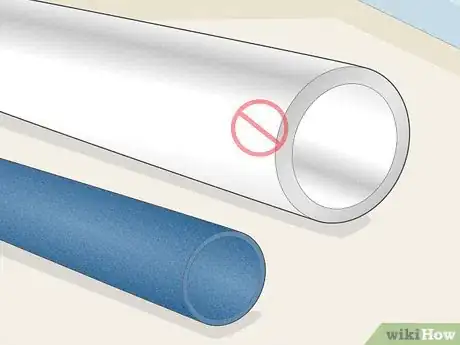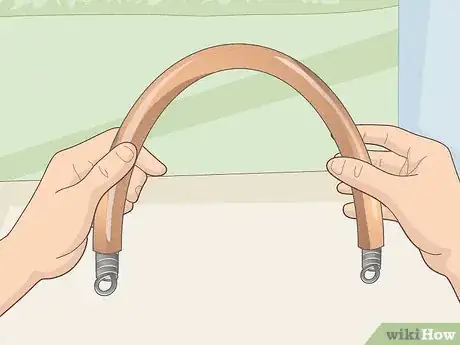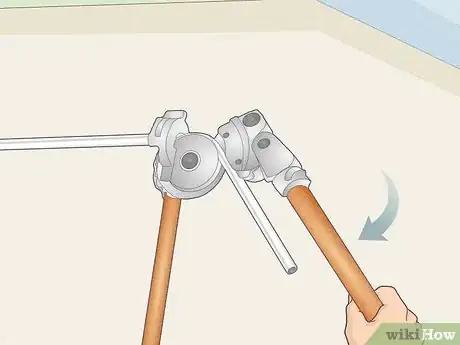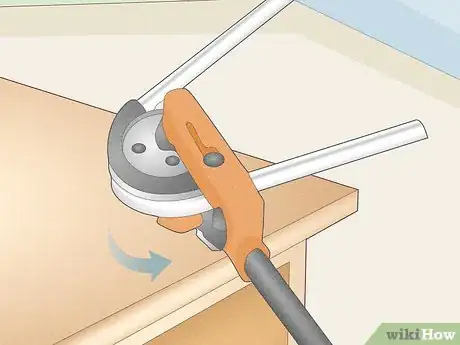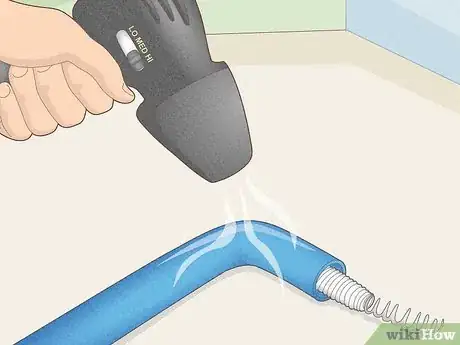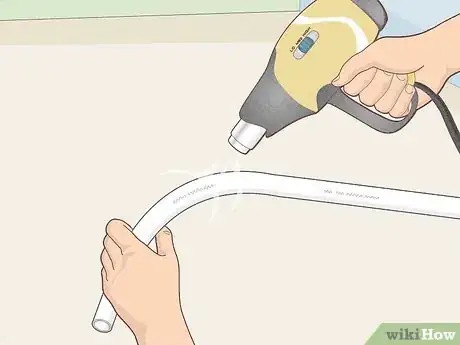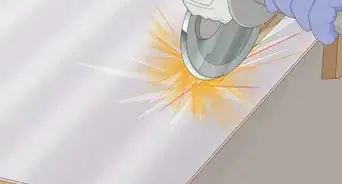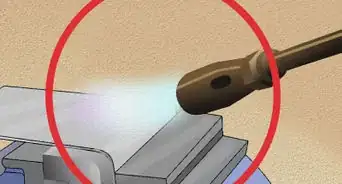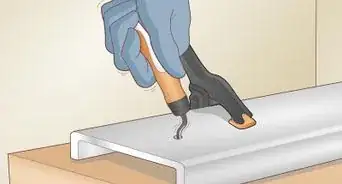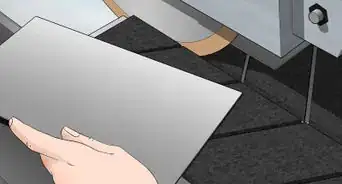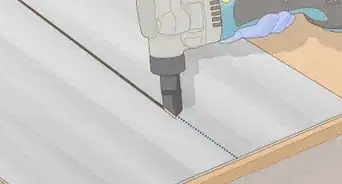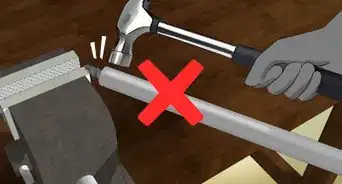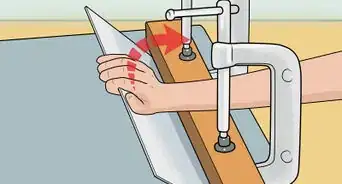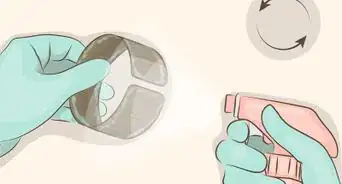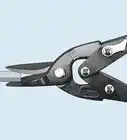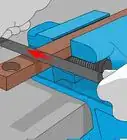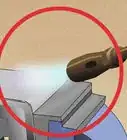This article was co-authored by David Balkan and by wikiHow staff writer, Eric McClure. David Balkan is a Professional Plumber, CEO of Balkan Sewer and Water Main Service, and President of Balkan Sewer and Drain Cleaning. As a hands-on owner of these companies for over 40 years, David is knowledgeable about water service lines, sewers, and drain line issues. David is a Committee Chairman of the Master Plumbers Council and has sat on the Executive Committee of the Sub Surface Plumbers Association of New York for over 30 years. His knowledge and solution-oriented approach contributed to Balkan Sewer and Water Main Service being the largest and most trusted service in New York City and the recipient of the 2017 Angie’s List Super Service Award.
There are 9 references cited in this article, which can be found at the bottom of the page.
This article has been viewed 18,466 times.
Bending pipe without a special pipe bender isn’t a particularly tall order if you’re working with a little heat and a softer material, like copper, aluminum, or PVC. For tougher materials though, like stainless steel and iron, this process typically requires specialized equipment. Keep in mind, while many people use the term “pipe” and “tube” interchangeably, tubes are usually stronger than pipes and you often need to use a tube bender to make adjustments to them.
Steps
References
- ↑ https://www.machines4u.com.au/mag/bending-pipe-without-bender/
- ↑ https://www.thefabricator.com/thefabricator/article/tubepipefabrication/tube-and-pipe-basics-how-to-achieve-the-perfect-bend
- ↑ https://www.machines4u.com.au/mag/bending-pipe-without-bender/
- ↑ https://www.machines4u.com.au/mag/bending-pipe-without-bender/
- ↑ https://youtu.be/m19h_pOoffg?t=131
- ↑ http://www.wermac.org/pipes/pipe_vs_tube.html
- ↑ https://www.thefabricator.com/thefabricator/article/tubepipefabrication/tube-and-pipe-basics-how-to-achieve-the-perfect-bend
- ↑ https://makeitfrommetal.com/how-to-properly-bend-metal-pipe-and-tube-at-home/
- ↑ https://aceroplatea.es/docs/comites/documento5_82.pdf
- ↑ https://www.popularmechanics.com/home/outdoor-projects/how-to/a21004/how-to-bend-pvc-pipe/
- ↑ https://www.popularmechanics.com/home/outdoor-projects/how-to/a21004/how-to-bend-pvc-pipe/
- ↑ https://blog.qrfs.com/362-how-to-use-pipe-thread-sealant/
- ↑ https://blog.qrfs.com/362-how-to-use-pipe-thread-sealant/
- ↑ https://blog.qrfs.com/362-how-to-use-pipe-thread-sealant/
- ↑ https://youtu.be/-soQvQ8Qc3s?t=263
